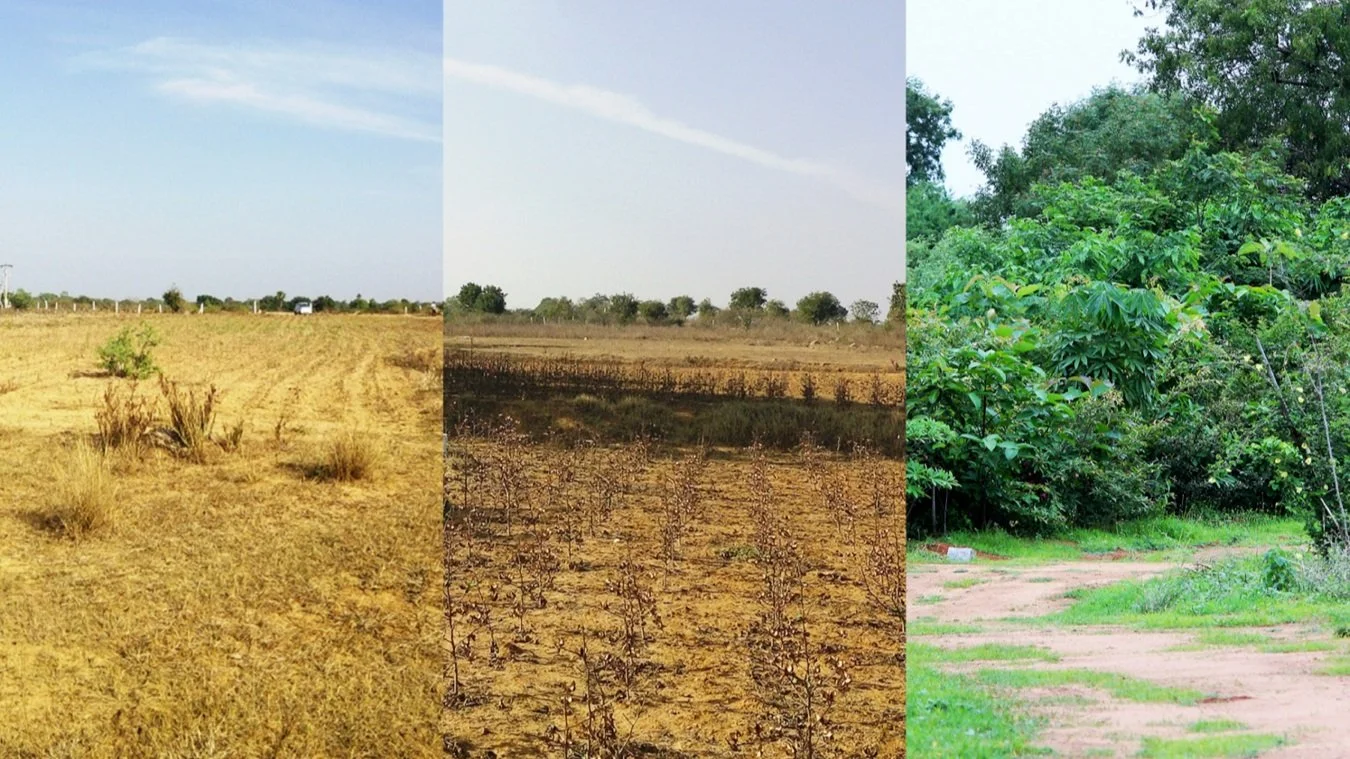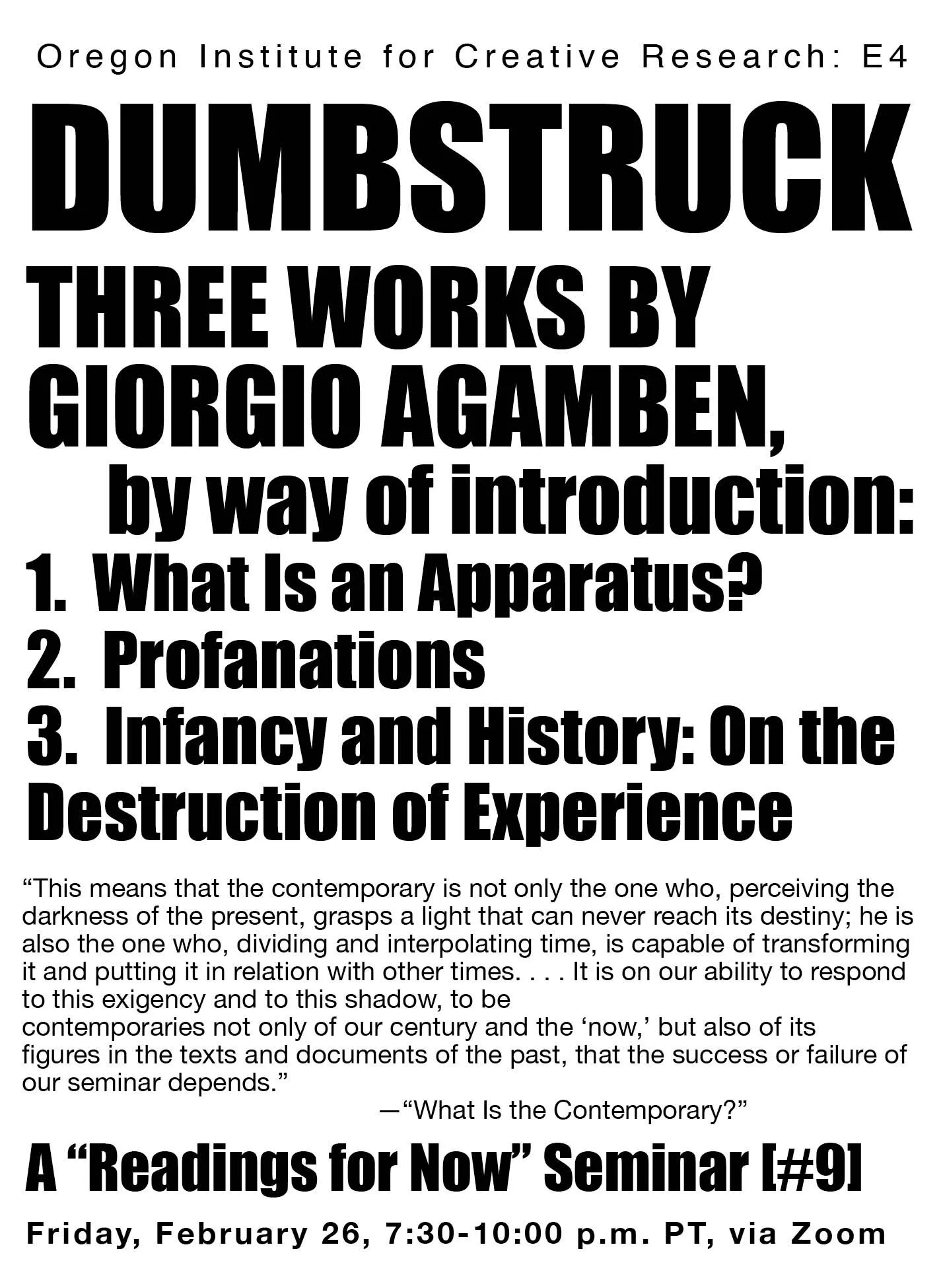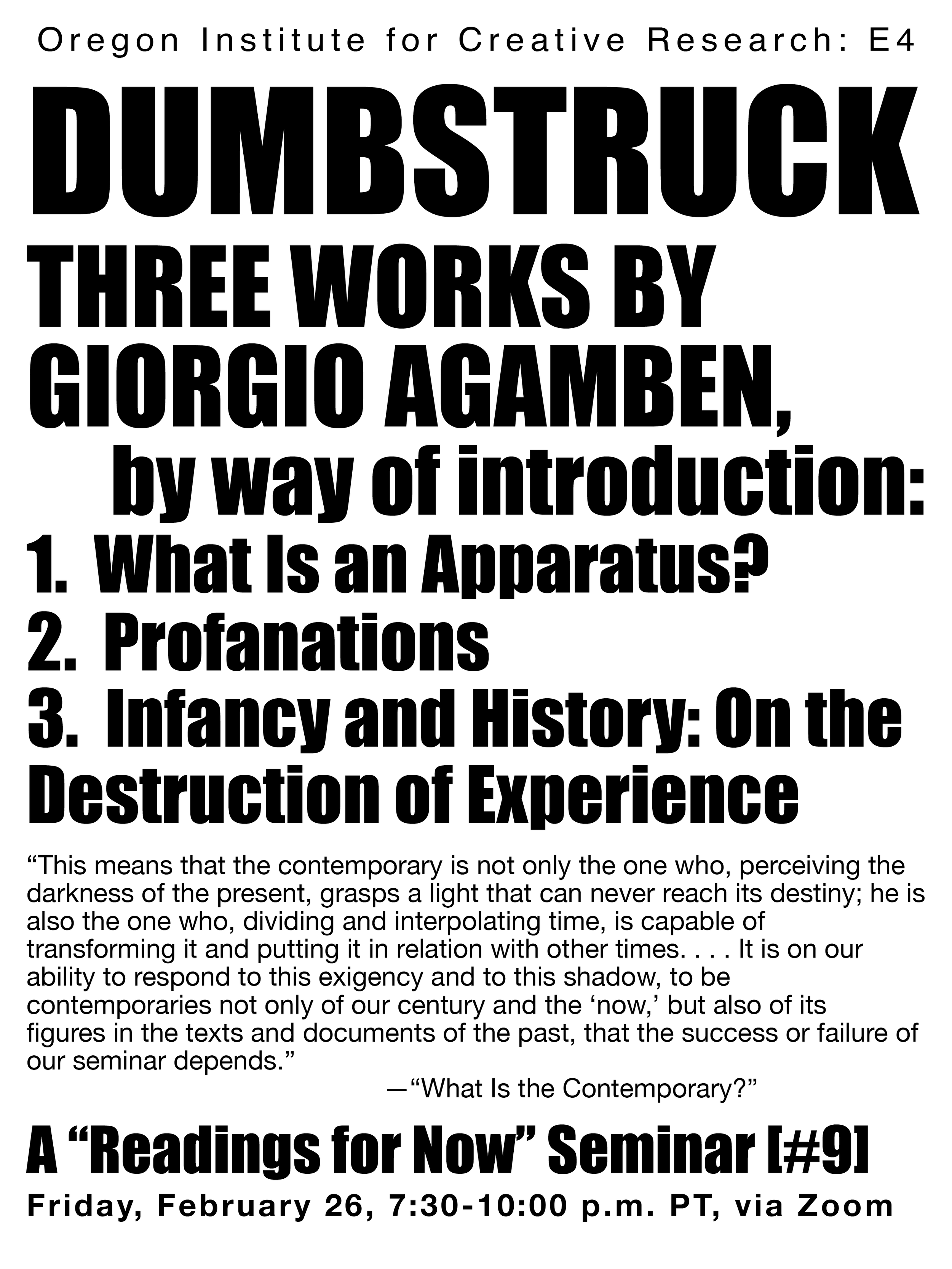Events and Archive
As for Squid Game, We'd Really Rather Not Talk About it
An OICR Roundtable Discussion led by Vivina Rie-Boster, Art Historian; Governor, Oregon Institute
Discussants:
Michael Hurt, Cultural Theory and Art History, Korea National University of Arts
Kyu Hyun Kim, Japanese and Korean History, University of California, Davis
Chris Witherspoon, theGrio.com, NBC; Founder and CEO, PopViewers
Four experts on Korean history, culture, and popular culture discuss Hwang Dong-hyuk’s Netflix survivalist drama, situating it within a larger context of concerns, interests, and preoccupations
BIOS
Vivina Rie-Boster, born in Seoul, Korea, received a B.A. in Fine Arts and East Asian Studies from Harvard-Radcliffe College; an M.A. in East Asian Regional Studies at Harvard University, with a research thesis devoted to Sen no Rikkyu and Yanagi Soetsu; and an M.T.S. from Harvard Divinity School, where she focused on East Asian and Himalayan religions as well as the study of classical Mongolian. She has served as a Teaching Fellow in Inner Asian Civilizations at Harvard, lectured on the history of Indian art at Portland State University, and sat on the boards of the Portland Art Museum’s Asian Art Council and the Oregon Korea Foundation. Her current research interests include Korean ceramics, specifically, buncheong ware
Michael W. Hurt lives in Seoul, where he researches youth, street fashion, and digital subcultures, and lectures on Cultural Theory and Art History at the Korea National University of Arts. His work can be described as Visual Sociology, and often involves using the camera to access and document emergent digital subcultures. In 2006, he started Korea's first street-fashion blog, and three years later, published the first English-language book on Korean fashion. His current research focuses on the political economy of the pay model on Korean Instagram and the analysis of the Korean Wave (Hallyu). He holds a B.A. in History and American Civilization from Brown University and a doctorate in Comparative Ethnic Studies, UC Berkeley, and has served as a consulting editor for the Korea Journal at the Korean Commission for UNESCO
Kyu Hyun Kim is Associate Professor of Japanese and Korean History at the University of California, Davis. He holds a BA degree from Harvard-Radcliffe College and a Ph.D. in History and East Asian Languages from Harvard University. He is the author of The Age of Visions and Arguments: Parliamentarianism and the National Public Sphere in Early Meiji Japan (Harvard Asia Center Publications, 2008), and is currently working on a book on the wartime mobilization of colonized Koreans in the 1930s and 1940s. He has written numerous articles, book chapters, and review essays on modern Japanese and Korean history, Korean cinema and comics, and Japanese popular culture. He is a Contributing Editor and Academic Adviser to www.koreanfilm.org, the first English-language website devoted to the subject of New Korean Cinema
Chris Witherspoon has served as an entertainment correspondent for Fandango and CNN, and was the founding Entertainment Editor for NBC’s theGrio.com. He regularly appears on MSNBC, TODAY, The Wendy Williams Show, and NBC’s Nightly News. Over the years, he has conducted numerous interviews with a range of personalities, including Meryl Streep, Tom Hanks, Oprah Winfrey, Will Smith, Viola Davis, Hugh Jackman, Denzel Washington, Harrison Ford, and Kerry Washington. An alumnus of Ohio University and the NBC Page Program, he got his start as an intern at ABC’s Good Morning America
. . . . . . . . . . . . . . . . . . . . . . . . . . . . . . . . . . . . . . . . . . . . . . . . . . . . . . . . . . . . . . . . . . . . .
ZOOM INFORMATION
Topic: OICR Roundtable Discussion [#2]: "As for Squid Game, We'd Really Rather Not Talk about It"
Time: Dec 20, 2021 06:30 PM Pacific Time (US and Canada)
Join Zoom Meeting
https://us06web.zoom.us/j/85863461282?pwd=cEdiWE5jUXVndlU5YmJDM1IwVlNDQT09
Meeting ID: 858 6346 1282
Passcode: 581074
One tap mobile
+13462487799,,85863461282#,,,,*581074# US (Houston)
+16699006833,,85863461282#,,,,*581074# US (San Jose)
Dial by your location
+1 346 248 7799 US (Houston)
+1 669 900 6833 US (San Jose)
+1 253 215 8782 US (Tacoma)
+1 312 626 6799 US (Chicago)
+1 929 205 6099 US (New York)
+1 301 715 8592 US (Washington DC)
Meeting ID: 858 6346 1282
Passcode: 581074
Find your local number: https://us06web.zoom.us/u/kevhG5YHI
Pat LeGates presents paper on Gilles Deleuze at the 2021 Conference of the Australasian Society for Continental Philosophy, Bond University, Gold Coast, Australia
“Dark World, Growing Desert: Towards a Desert Symptomatology in Deleuze & Guattari’s Anti-Oedipus”
In a 1989 television interview, part of L’Abecedaire de Gilles Deleuze, Deleuze comments on rich and poor cultural periods, describing the conditions that make the present moment a cultural desert—a period marked by the disappearance of culture (specifically in the forms of film and literature) and a general lack of creativity. Though he maintains that poor periods are not permanent, that they inevitably give way to rich periods, here, over thirty years later, the symptoms of desert periods persist and in many cases have worsened. A new desert symptomatology is required in order to navigate these persistent and growing deserts of the present epoch. I begin to establish such a symptomatology with a more relevant model of the desert, one borrowed from Deleuze’s 1972 Anti-Oedipus, the first of his works to be co-authored with Félix Guattari. Unlike the periodic desert of L’Abecedaire, the desert in Anti-Oedipus grows ceaselessly, existing as a central ecosystem inhabited by the text’s concepts. As part of this new desert-centric reading of Anti-Oedipus, I extrapolate upon three other concepts from the text—the body without organs, schizophrenia, and desert-desire—as examples of three species who can thrive in the desert. Beyond explicating the concepts’ suitability for the desert, I offer tendencies of Deleuze & Guattari’s creative philosophy as alternatives to the desert-thinking of the present era, so as to ultimately reposit the authors’ optimism that one day the earth will become a place of healing, even in a desert period operating on different terms.
The OICR Living Forest Initiative, After Akira Miyawaki
Readings and Videos
The Global Forest Goals Report 2021, United Nations, Department of Economic and Social Affairs
https://www.un.org/esa/forests/wp-content/uploads/2021/04/Global-Forest-Goals-Report-2021.pdf
Elizabeth Hewitt, “Why ‘Tiny Forests’ Are Popping up in Big Cities” (Community forests the size of a basketball court can make an outsized difference, providing shade, attracting plants and animals, and even storing a bit of carbon), National Geographic, June 22, 2021
https://www.nationalgeographic.com/environment/article/why-tiny-forests-are-popping-up-in-big-cities
Clara Manuel (for Urban Forests), “The Miyawaki Method—Data & Concepts,” Urban Forests Company, 2020
http://urban-forests.com/wp-content/uploads/2020/05/Urban-Forests-report-The-Miyawaki-method-%E2%80%93-Data-concepts.pdf
The Urban Forests’ website contains a trove of information
Wageningen University and Research, “Tiny forest Zaanstad: Citizen scientist and determining biodiversity in tiny forest zaanstad”
https://edepot.wur.nl/446911
IVN Natuureducatie. Maarten Bruns, Daan Bleichrodt, Essi Laine, Karin van Toor, Wim Dieho, Louwra Postma, and Marten de Groot (PEFC), “Handbook, Tiny Forest Planting Method” https://www.ivn.nl/tinyforest/tiny-forest-worldwide/resources-and-downloads
IVN Natuureducatie, “A Little Bit of Nature, a Big Influence”
https://www.ivn.nl/tinyforest/tiny-forest-worldwide/resources-and-downloads
Design-Essentialz, “Miyawaki Method of Plantation I Afforestation I Akira Miyawaki I Man Made Forest I urban forest”
https://www.youtube.com/watch?v=l5jtg2q1gnU&t=1s
Shubhendu Sharma, “How to Plant a Tiny Forest near You” https://www.ted.com/talks/shubhendu_sharma_how_to_plant_a_tiny_forest_near_you?language=en
Shubhendu Sharma, “An Engineer’s Vision for Tiny Forests Everywhere” https://www.ted.com/talks/shubhendu_sharma_an_engineer_s_vision_for_tiny_forests_everywhere?language=en
IVN Natuureducatie, “Tiny Forest Documentary about the Effects of the Miyawaki Method in the Netherlands”
https://www.youtube.com/watch?v=LyHVQtDtlMk
Dialynn Dwyer, “The first Miyawaki forest in the Northeast was planted in Cambridge. Organizers hope it’s just the start”
https://www.boston.com/news/local-news/2021/10/20/miyawaki-forest-danehy-park-cambridge/
USA TODAY, “First Miyawaki Forest planted in the Northeast in Massachusetts” https://www.usatoday.com/videos/news/weather/2021/11/02/first-miyawaki-forest-planted-northeast-massachusetts/6242473001/
Mirrornownews, “Forests grow 10x faster and 30x denser: What is the "Miyawaki method" that is restoring native forests and greening urban Mumbai?”
https://www.timesnownews.com/mirror-now/in-focus/article/forests-grow-10x-faster-and-30x-denser-what-is-the-miyawaki-method-that-is-restoring-native-forests-and-greening-urban-mumbai/830228
Azeem Samar, “Karachi municipality to grow 300 Miyawaki forests” https://gulfnews.com/world/asia/pakistan/karachi-municipality-to-grow-300-miyawaki-forests-1.83524816
DeccanChronicle, “TUDA plans more Miyawaki forests in Tirupati rural”
https://www.deccanchronicle.com/nation/current-affairs/131021/tuda-plans-more-miyawaki-forests-in-tirupati-rural.html
Wire, “Miyawaki-style mini forest to be planted in Nottingham city park” https://westbridgfordwire.com/miyawaki-style-mini-forest-to-be-planted-in-nottingham-city-park/
Manisha Lal Arora and Ramesh Sable, “Mumbai suburbs get ‘urban forest’ with Miyawaki method”
https://timesofindia.indiatimes.com/videos/toi-original/mumbai-suburbs-get-urban-forest-with-miyawaki-method/videoshow/87568047.cms
Himanshu Nitnaware, “26-YO Creates 8 Miyawaki Forests on Dry Land, Helps 1200 Farmers Boost Their Income”
https://www.thebetterindia.com/263797/rajasthan-miyawaki-forest-how-to-grow-dry-land-farmer-increase-income/
To Save the World, “80 Miyawaki Forest”
https://www.youtube.com/watch?v=MfPw5VTNZr4
Frome Town Council, “Tiny Forests—Presentation and Q&A”
https://www.youtube.com/watch?v=UVWUBCRYad0
For further readings on trees and forests, see OICR “Readings for Now” Seminar [#7]: “What Would a Bird Be without a Tree, a Tree without a Bird? & the Involuntary Whispering of the Trees” and “Readings for Now” Seminar [#8]: “Why a Forest Should Never Be a Laboratory (With a special note to Colleges of Forestry: Please stop trying to turn forests into laboratories)”
“Readings for Now” Seminar #12: Classic Plague
To find the readings for this seminar click here
“Code Red for Humanity”: A close reading of the August 2021 Report of the Intergovernmental Panel on Climate Change
Mother Foucault’s Bookshop
523 SE Morrison Street, Portland, OR 97214
To read the report click here
Romeo Oriogun's "Cotonou" published in The New Yorker
Cotonou
1. THE MEETING PLACE OF BIRDS
In some folklore, birds would always meet at the edge
of a town. It was how they knew they were on a journey
to save themselves from the sudden loss of a season.
At the intersection of three busy roads, two buses broke down
and spilled us out, humans tired of the road.
We watched the beauty of the Presidential palace.
I wondered how many days of sweat went into the earth
to produce such beauty. While smoking, I met a man called Trolley,
named for his expertise in flinging humans across borders.
His works of terror were suffering in the coldness of brothels
across Bamako, across Tripoli, across Mauritania, and on the red sand of Kayes.
He watched his girls drink gin on the sidewalk.
I asked him, Do you feel shame?
He answered, I desire beauty. In its pursuit there is no end,
only ruthlessness.
The road sang a dirge, the girls danced in sadness.
There, on the road that is no home, I looked into his eyes
and saw the terror of exploitation.
A leaf fell from a tree nearby
and again I was reminded of the endless movement
of the world, of the girls dancing, of the sadness of my fingers obeying
the call of my body’s addiction to nicotine,
as a bird sang of leaving the world as it is,
a terror, a war we are still living in.
2. ADVERTISEMENT
A sign on the road read:
Buy handmade drums
and beat the wildness of your soul.
What is the sound of all our sorrow?
Years after a war, a veteran went crazy
from hearing in his head
the wailing of a thousand women
who gave up peace to sing their dead
sons to the afterlife.
Is this not a kind of wildness?
Music breeds its own fear,
a song leads us to our loneliness
as the spools of a cassette turning
in a radio render us into an animal
dying in an empty lair.
What is the ache of the night?
What is the emptiness of a city
full of voices?
The voice of exile is the dying voice
of a wounded angel.
I beat the drum of my life
and the angel and I dance
to its wild sadness,
even God ran away from this rhythm.
Look around you, we are left
alone with the mud of creation
and maybe that is all there is to life,
the creating of a new way of living,
but God! Where do we hide the violence?
3. VOICES
The driver says, in the dark of the night,
when every passenger is asleep,
he hears the true language of the road.
He says he hears the voices of cities
thousands of miles away.
The voice of exile
is a murmur crossing rivers and sea,
crossing empty roads until it washes
over a man, a baptism of loss.
If the road and the driver could speak to each other,
what will be this language born out of friction?
Would it be the hum of sleep
in the bodies of exhausted travellers?
Would it be the bristling of biscuit wrappers?
The driver’s eyes are full of dreams,
full of the excitement of new cities.
He could be the poorer incarnate of Mansa Musa
who instead of pouring gold dust into air
pours stories to compete with sand,
stories of nomads, people running in
and out of cities. Perfect gold, this human scroll
of chronicles. Even Bessie Head, giant of letters,
who battled sands for stories, would be proud
of this precision of narrative, this perfect bridge
of the imagined and the songs of mothers rocking babies
as countries cut through their bodies.
4. HOTEL DU CHIRURGIE
Our bus parked beside a water fountain,
a cherub spilled water from pouted lips.
Across the hotel park, there were oysters
heaped on enamel trays, fried behind walls,
they were offered to us as secrets
of the sea. Behind this market of oysters,
there was once a market for flesh,
in Ouidah, in rooms filled with Black flesh
in chains, branded like cattle, herded into pens
by other Black men paid in clear bottles of gin.
The sea crashed on naked stones
and we ran into the hotel bar.
Perched on a three-legged stool,
an old Black woman sang the fable of siblings
lost at sea, she was a lamp attracting us as moths.
There were opened windows, sunflowers in broken pots,
curtains made out of beads sang in the wind,
birds flew in and out.
Smoking a carefully rolled blunt, I listened to this place,
a silent television played a Nollywood movie.
We were trapped in time, in the commodification
of flesh, saints without the gift of ablution.
In some other world, I am guilty of silence,
just as I am in this one.
Do not forgive me. It was dawn
and I walked toward the bus
as the sea received into its bosom
the memory of a ship
travelling to a new world.
To hear the poet read his own poem, see the October 25 (online) issue at <https://www.newyorker.com/magazine/2021/11/01/cotonou>
OICR poets read from their work at the 2021 Airstream Poetry Festival — Chibụìhè Obi Achịmbà, Emma Biggerstaff, Annelyse Gelman
Chibụìhè Obi Achịmbà, Literary Arts Program, Brown University; Summer 2020 OICR Visiting Artist
Emma Biggerstaff, OICR Research Cohort
Annelyse Gelman, 2021-2022 OICR Poet-in-Residence
CT+CR Collective:
Anne-Marie Oliver
Barry Sanders
Chibụìhè Obi Achịmbà
Crystal Otero
Erika M. Anderson
Emma Biggerstaff
Hallie Campbell
Joseph Phillips
Laura Grace Dodd
Leif Shackleford
Nic Tarter
Trace Fleeman y Garcia
Vivina Boster
"Readings for Now" Seminar #11: IMAGES AND OTHER ACTS
Readings
Gaston Bachelard, “The Dialectic of Imaginary Energies: The Resistant World,” Earth and Reveries of Will, 13-26
Henri Lefebvre, “Image,” Critique of Everyday Life: Foundations for a Sociology of the Everyday, 287-290
Susan Sontag, “The Image-World,” On Photography, 153-182
Giorgio Agamben, “The Face,” Means without End, 92-99
Georg Simmel, “Aspatial Gaze,” Rembrandt: An Essay in the Philosophy of Art, 98-100
David Summers, Selections from Real Spaces: World Art History and the Rise of Western Modernism: 1. “The Origins of Images," 251-252, 4.2 “Realities of Images," 252-254, and 4.3 “Images and Cultural Difference," 254-255
Hans Belting, Selections from Likeness and Presence: A History of the Image before the Era of Art: “The Images’ Loss of Power and Their New Role as Art,” 14-16, and “Why Images: Imagery and Religion in Late Antiquity,” 30-46
Vilém Flusser, Selections from Writings: “Line and Surface,” 21-34; “The Codified World,” 35-40; “Orders of Magnitude and Humanism,” 160-164
Vilém Flusser, “Why a Philosophy of Photography Is Necessary,” Towards a Philosophy of Photography, 76-82, and Lexicon of Basic Concepts, 83-85
Hito Steyerl, “Ripping Reality: Blind Spots and Wrecked Data in 3D,” Duty Free Art: Art in the Age of Planetary Civil War, 190-205
"Readings for Now" Seminar #10: HOUSE HISTORY MANNERS
READINGS
Selections from Norbert Elias, The History of Manners: “On Behavior at Table,” 84-129, and Appendix 1: Introduction to the 1968 Edition, 221-263
Philippe Braunstein, “Toward Intimacy: The Fourteenth and Fifteenth Centuries,” in A History of Private Life, Volume II: Revelations of the Medieval World, ed. Georges Duby, trans. Arthur Goldhammer (series eds: Phillippe Ariès and Georges Duby), 534-630
"Films for Now" Seminar [#2] : "Mother," with Wendy Behrend
Reading
Jacques Rancière, “Are Some Things Unrepresentable?” The Future of the Image, 109-138
Ellena Basada named Recipient of the 2020 Bex Wilkinson Award at Vermont Studio Center
Ellena Basada is a writer based in Portland and Berlin. She holds a BA in English and Philosophy from Pomona College, where she was graduated cum laude, receiving the Crookshank English Department Thesis Award, and an MA in Critical Studies from the Pacific Northwest College of Art, where she was the recipient of a Hallie Ford Research Scholarship and served as Founding Editor of the art-criticism journal Discursive Impulse. A 2019-2020 Fulbright Fellow, she is the organizer of Affect Zoom Salon and Ad.Doc Archive, online platforms meant to build globally accessible intellectual communities. Her work—a hybrid of research, creative writing, poetry, criticism, and autofiction—can be found in VICE, LA Review of Books, The New Inquiry, Heavy Traffic Lit Mag, and Soft Surface Poetry, among others



















!["Films for Now" Seminar [#4]: "Le quattro volte"](https://images.squarespace-cdn.com/content/v1/599112efcd39c3b3ad2118b0/1616539524785-A72OG75ISCRVMPLUGB6O/FFN_4_QUATRO.jpg)

!["Films for Now" Seminar [#3]: "Border," with Erika M. Anderson and Leif Shackelford](https://images.squarespace-cdn.com/content/v1/599112efcd39c3b3ad2118b0/1616539649780-1NY5HSVL5TJ08W43FO3D/FFN_3_BORDER.jpg)



!["Films for Now" Seminar [#2] : "Mother," with Wendy Behrend](https://images.squarespace-cdn.com/content/v1/599112efcd39c3b3ad2118b0/1616539694115-QDV26JG9DD8K2OCPN7EN/FFN_2_MOTHER.jpg)




